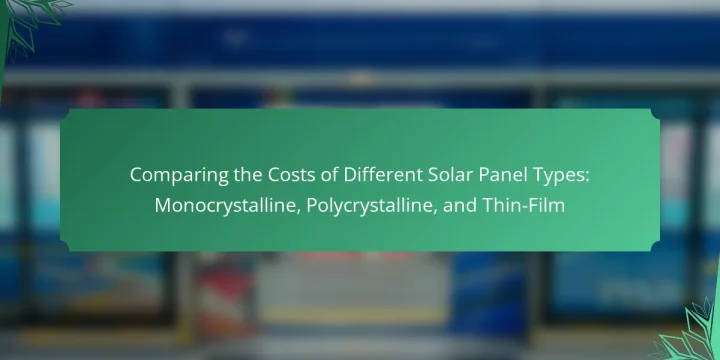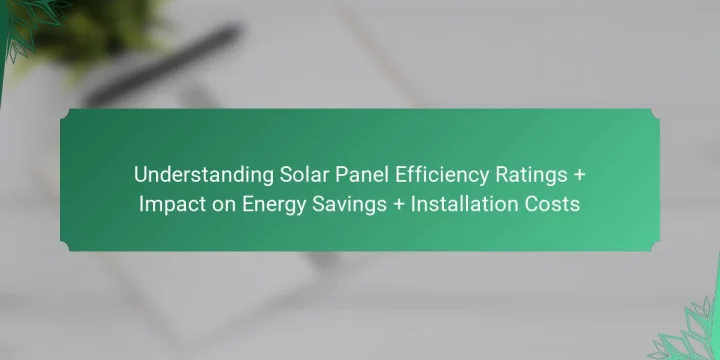
What is the Cost-Benefit Ratio of Solar Panels? The cost-benefit ratio of solar panels typically ranges from 5:1 to 10:1. This means that for every dollar invested, homeowners can expect to gain five to ten dollars in benefits over the system's lifetime. Benefits include energy savings, tax incentives, and increased property value. According to the National Renewable Energy Laboratory, solar panel systems can save homeowners an average of $20,000 over 20 years. Additionally, the initial installation cost is often recouped within 5 to 7 years through energy savings. These factors contribute to a favorable cost-benefit ratio for solar energy investments. How is the cost-benefit ratio calculated for solar panels? The cost-benefit ratio for solar panels is calculated by dividing the total benefits by the total costs. Total benefits include savings…








